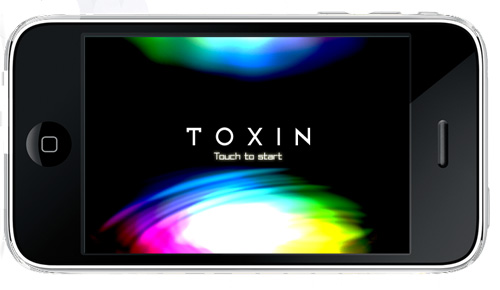Notes on a Language of Game Design #2

One of the things that got me thinking about the possibility of a language of game design is the feeling I often get while playing that content doesn’t matter. After I’ve been playing games for far too long, the lush scenery and the carefully rendered characters devolve into blurry signifiers, shapes that appear in configuration with other shapes, triggering wordless actions that have been scoured into my mind by hours of play. Thoughtlessly, I finish every sentence the computer starts, never letting it complete itself before I have acted and moved on.
Game content can be interpreted in any number of ways, but the game rules only allow the objects and characters to behave in a limited number of ways. Eventually, the feeling of possibility evoked by the content diminishes as the player learns the few terms by which he is allowed to use it. The characters, landscapes and even storylines become icons in a much simpler network of concepts.
The relative simplicity of this network of concepts is one of the things that convinces designers that there is such a thing as a language of game design.
I am beginning to wonder how much of this perception that there is a language of game design is down to the controller, rather than anything to do with the logical form of game entities. Imagine actually performing the action in a game rather than using a joypad. Is there still a sense of musicality and rhythm? When imagining driving, then shooting, then playing tennis, is there the same sense of rhythmic sameness that arises during long playing sessions on different games? The controller masks the complexity of relations between game objects and makes them feel the same.
A language of game design would be the same as the language that describes relations between entities in the real world. Certain types of relations would be more playable than others, and this would narrow things down, but the essential form of game entities is the same as it is in reality.
View Comments

